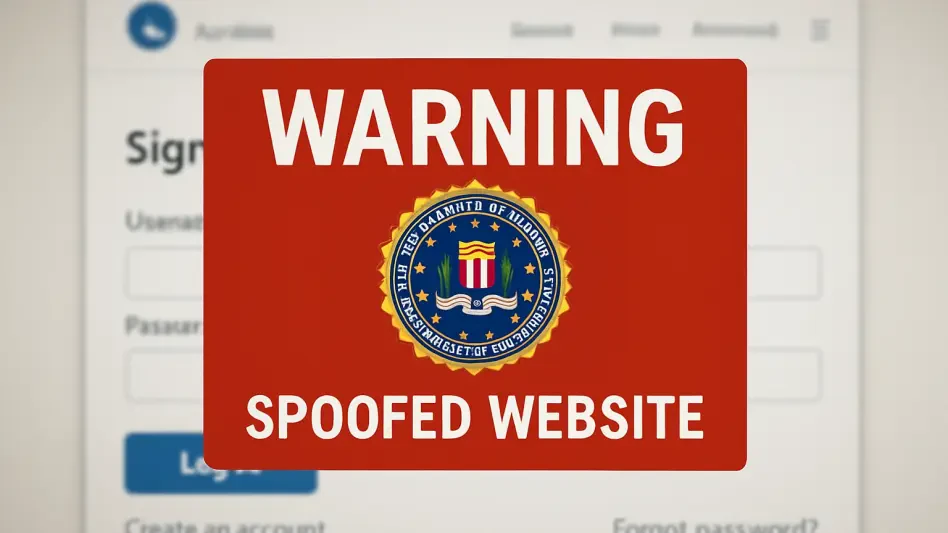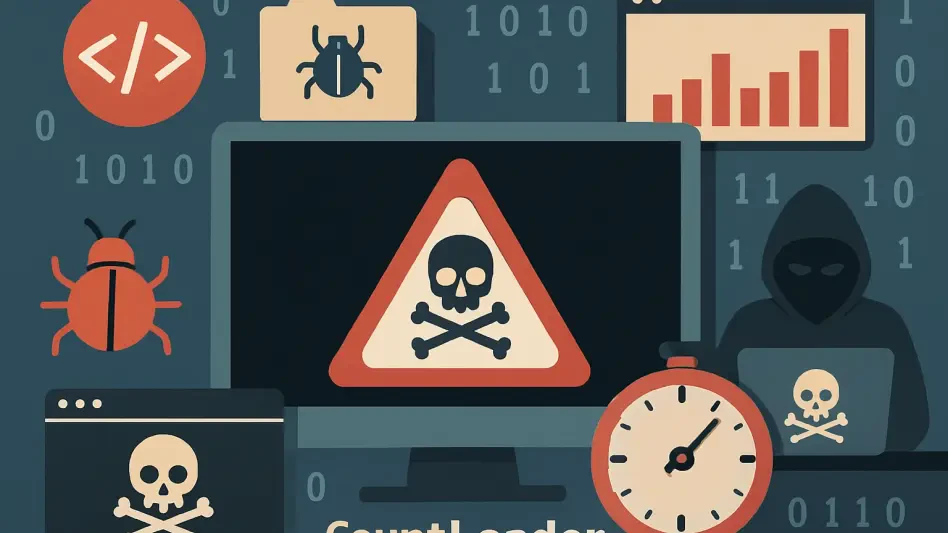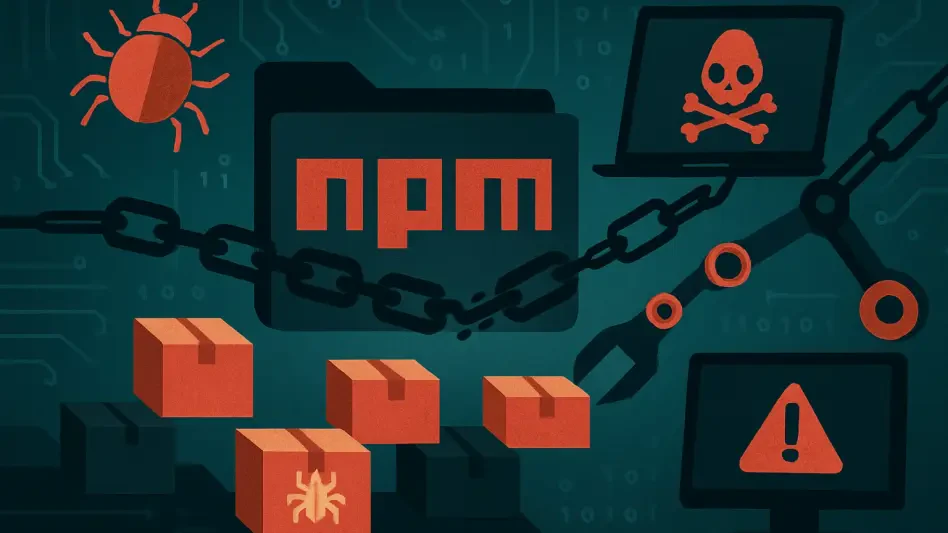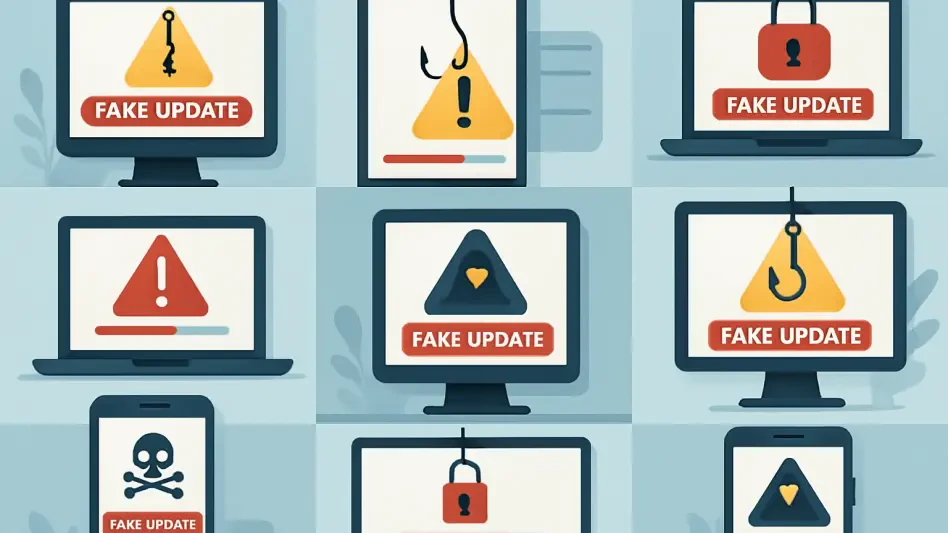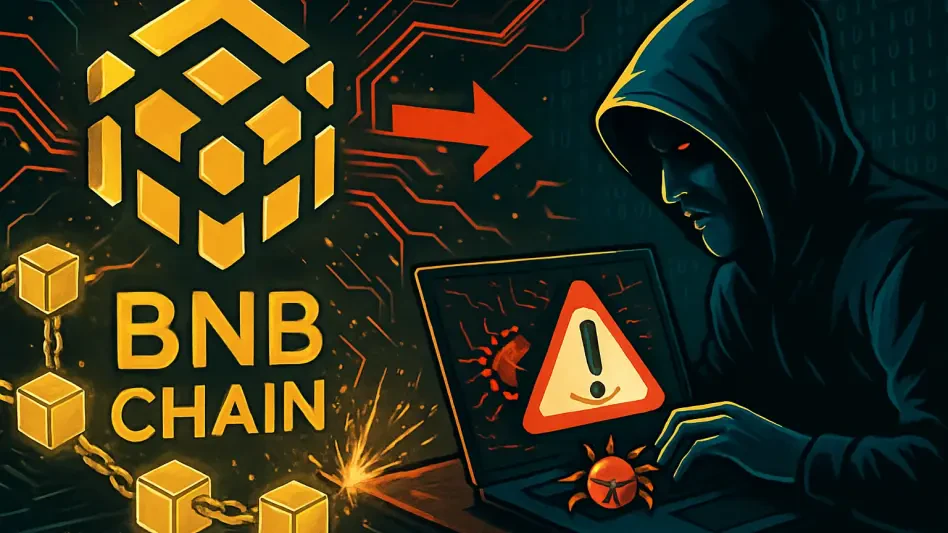During a routine office town hall meeting, an offhand conversation among some employees revealed a significant cybersecurity challenge. Someone casually mentioned working remotely from their favorite coffee shop using unsecured public Wi-Fi, not realizing the inherent risks involved. This seemingly benign scenario highlights a common source of cybersecurity breaches: human error. Indeed, human factors, rather than sophisticated technical exploits, are often the weakest link in an organization’s cybersecurity defenses. A staggering 95% of all cybersecurity incidents can be attributed to human mistakes. According to a recent Parallels report, approximately 41% of organizations experienced issues arising from such errors in the past year alone. These mistakes can take many forms, including using unsecured networks, succumbing to phishing attacks, and maintaining weak passwords.
For example, a distracted employee might receive a seemingly legitimate email from the IT department, asking for a password update. Trusting the familiar branding and not scrutinizing the request, the employee may inadvertently provide their credentials to a cybercriminal, granting unauthorized access to the company’s internal systems. This illustration of minor human mistakes causing significant breaches underscores the need for organizations to address the human element of cybersecurity. It is not enough to have advanced technical defenses. Employees must be aware of the potential risks and trained to recognize and respond appropriately. Enhancing cybersecurity awareness and implementing robust security practices are critical steps in mitigating these risks and building a resilient defense against breaches.
Building a Human-Centric Security Framework
A key strategy for mitigating human error in cybersecurity involves adopting a proactive, layered security approach grounded in a zero-trust framework. The zero-trust model operates on the principle of “never trust, always verify,” meaning that every access request is thoroughly scrutinized, regardless of its origin, before granting access to the company’s systems. This strategy ensures that even if attackers manage to breach one layer of security, they are met with additional barriers.
Within this framework, multi-factor authentication (MFA) plays an essential role. By adding a verification layer that goes beyond just using passwords, MFA ensures that compromised credentials from phishing attacks are less likely to be exploited. For instance, even if a cybercriminal obtains an employee’s password, without the secondary authentication factor, access to sensitive information remains blocked. Strong password management is equally important. Utilizing password managers to create strong, unique passwords for each account eliminates the vulnerabilities associated with using weak or reused credentials. These tools not only enhance security but also reduce the burden on employees to remember complex passwords.
Incorporating comprehensive training programs should be an integral part of building a human-centric security framework. Employees need to be educated on the importance of cybersecurity and trained to recognize common threats like phishing scams. Regular updates and refresher courses can keep these skills sharp and instill a culture of vigilance. Moreover, simulations and drills can test the effectiveness of these training programs and identify areas needing improvement. When employees understand the critical role they play in cybersecurity, they become active participants in safeguarding the organization against threats.
Enhancing Security with Technology and Policies
Another crucial component of strengthening cybersecurity against human error is regular patch management, which can be likened to maintaining a knight’s armor and weapons. Regular software updates serve to fix known vulnerabilities, thereby closing security gaps and maintaining robust defenses. With the rise of remote work and Bring Your Own Device (BYOD) policies, the security challenge extends beyond corporate walls. Employees’ devices used for remote access must be regularly updated and patched to prevent them from becoming weak points that can be exploited.
In this expanded security landscape, Remote Browser Isolation (RBI) becomes a vital tool. RBI acts as an invisible shield, isolating all web traffic in a virtual environment. This isolation ensures that any malicious content encountered online does not infect the company’s systems. For instance, if an employee inadvertently clicks on a harmful link while browsing the internet, the RBI system neutralizes the threat before it can cause any damage. This proactive measure not only protects the organization’s data but also enhances employees’ confidence in their browsing activities.
Furthermore, organizations should establish clear policies regarding the use of personal devices and public networks for official work. Guidelines on securely accessing company resources, using VPNs, and avoiding unsecured public Wi-Fi can minimize exposure to potential threats. Regular audits and compliance checks can enforce these policies and ensure adherence among employees. By combining technology-driven solutions with well-defined policies, organizations can create a robust, multi-layered defense that transforms potential vulnerabilities into manageable risks.
Conclusion
During a routine office town hall meeting, an offhand conversation among employees unveiled a significant cybersecurity issue. An employee mentioned working remotely from a favorite coffee shop using unsecured public Wi-Fi, unaware of the associated risks. This seemingly harmless scenario underscores a common source of cybersecurity breaches: human error. Surprisingly, human factors, rather than advanced technical hacks, often constitute the weakest link in an organization’s cyber defenses. A staggering 95% of cybersecurity incidents are attributed to human errors. According to a recent Parallels report, about 41% of organizations faced issues due to such mistakes in the past year alone. These errors include using unsecured networks, falling for phishing scams, and keeping weak passwords.
For instance, a distracted employee may receive a seemingly legitimate email from the IT department asking for a password update. Trusting the familiar branding and not questioning the request, the employee might unknowingly provide credentials to a cybercriminal, allowing unauthorized access to internal systems. This example of minor human mistakes leading to major breaches highlights the critical need for organizations to tackle the human side of cybersecurity. Advanced technical defenses alone are insufficient; employees must be aware of potential risks and trained to respond appropriately. Boosting cybersecurity awareness and enforcing robust security practices are crucial steps in reducing these risks and creating a resilient defense against breaches.



